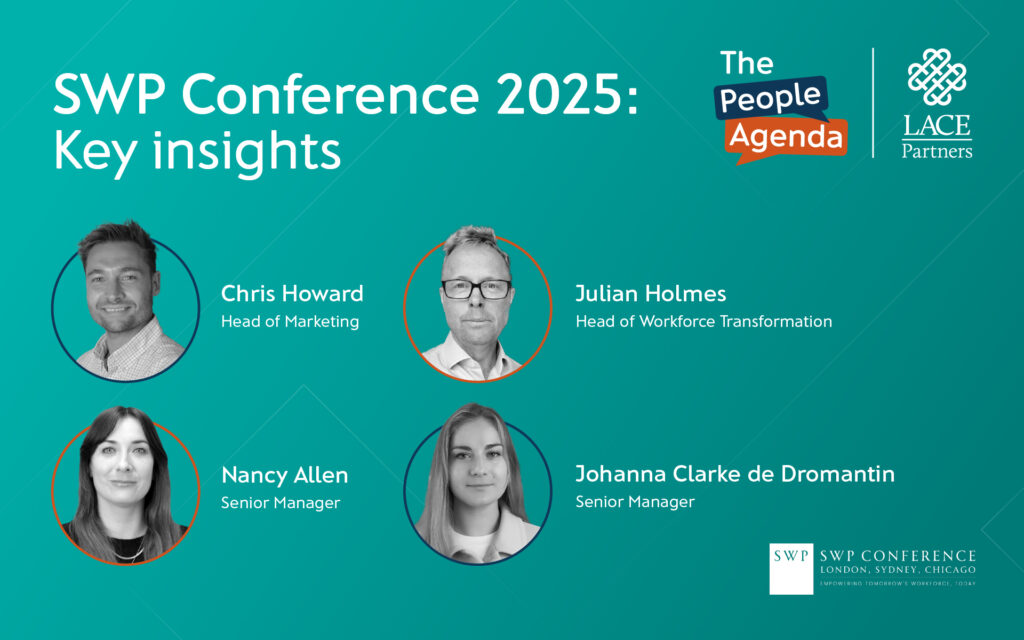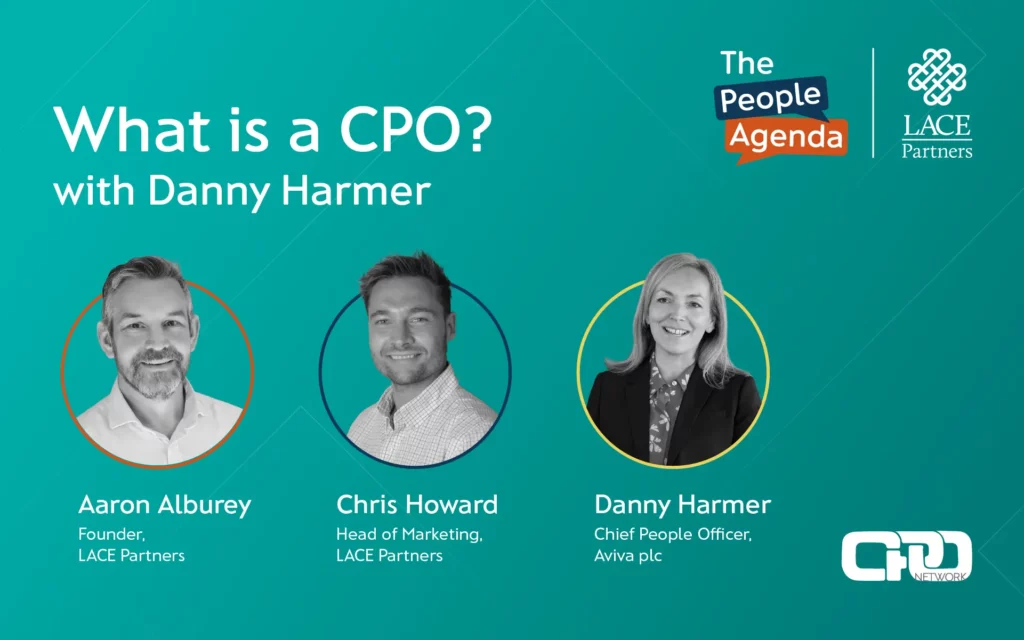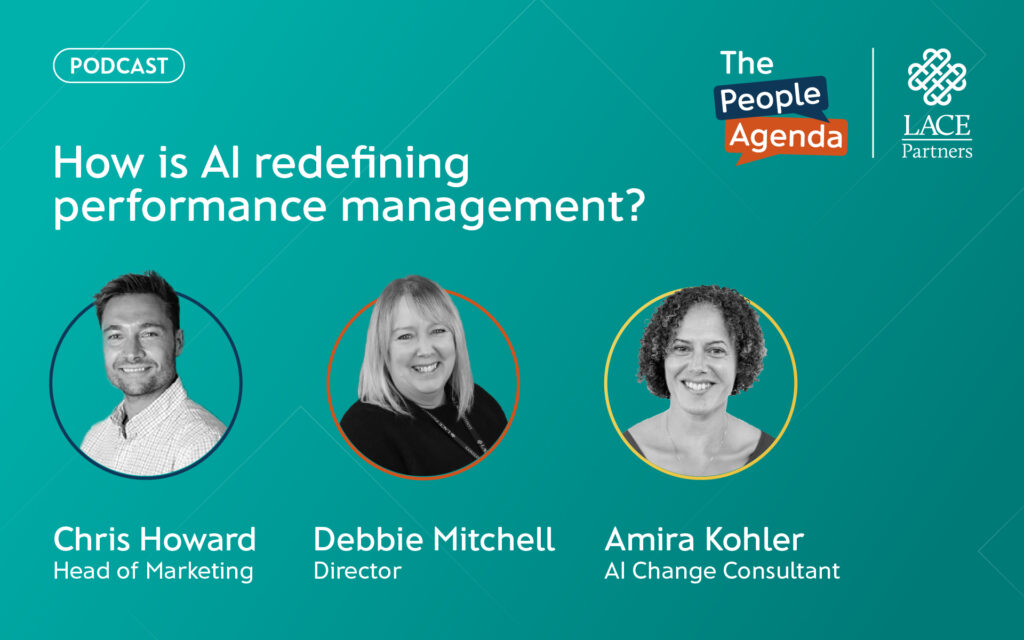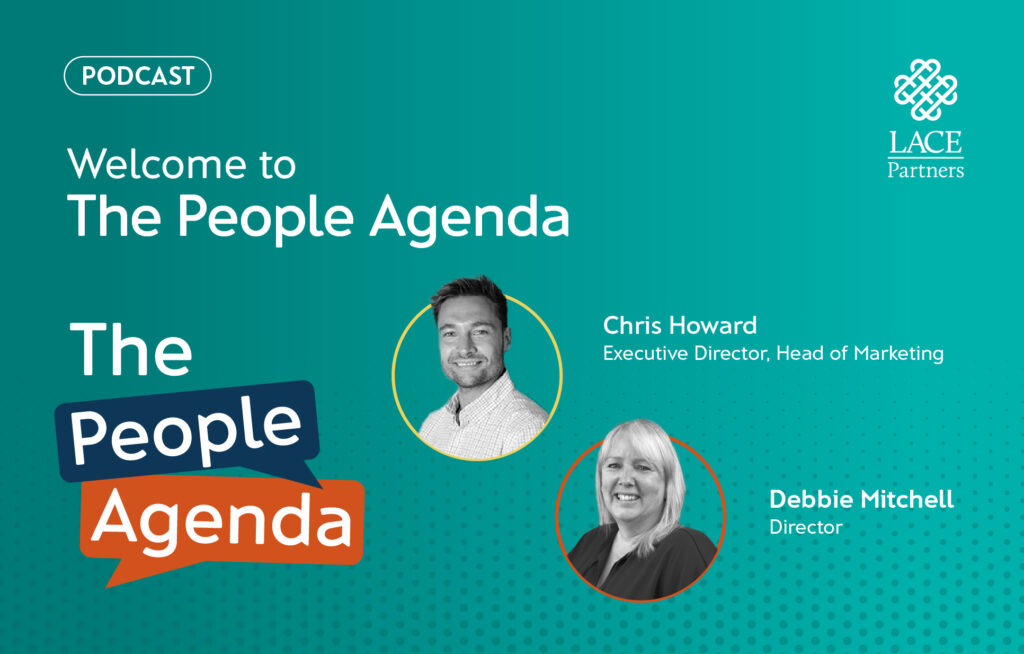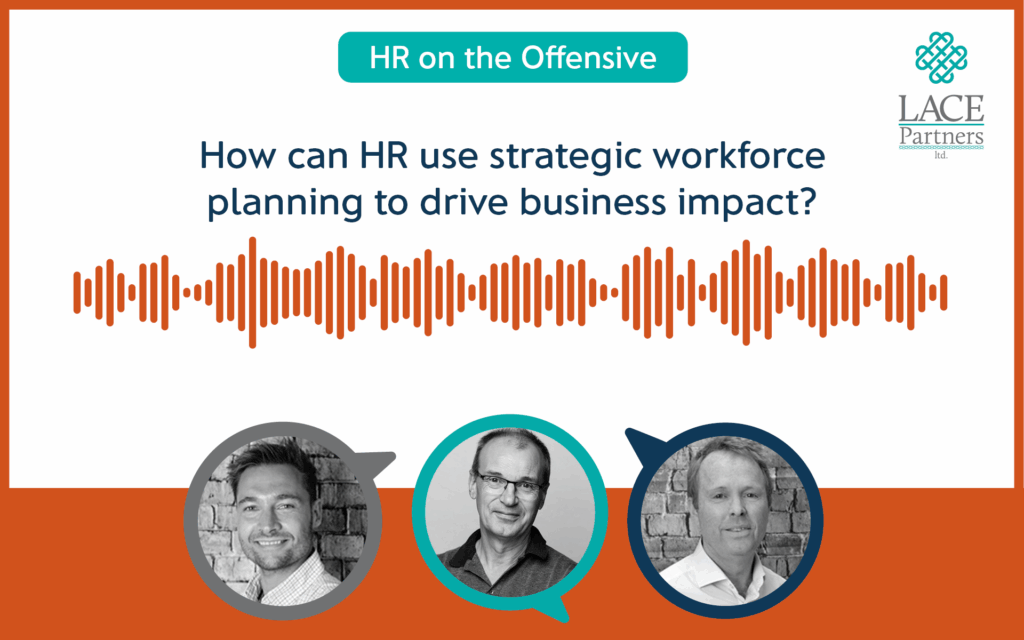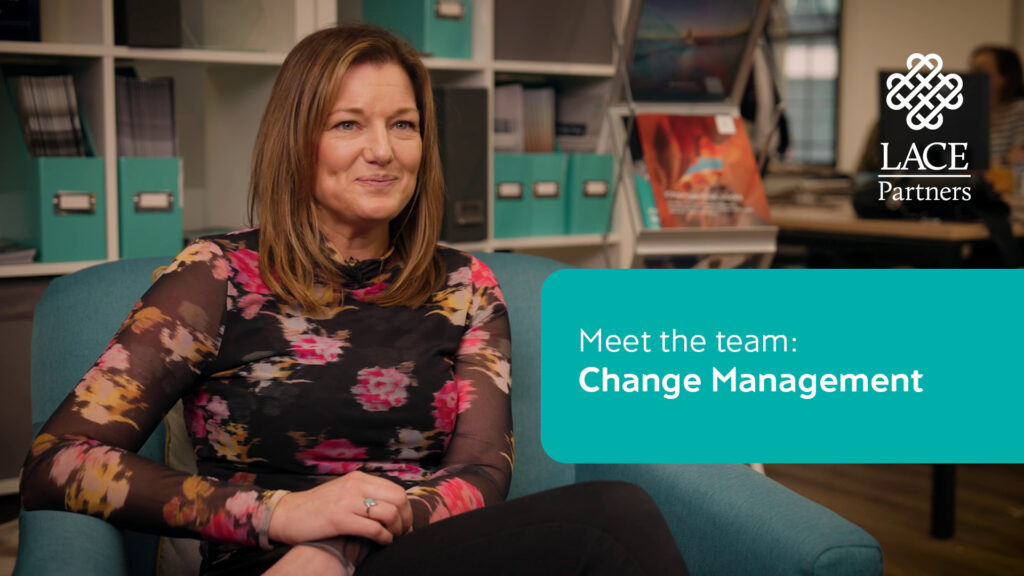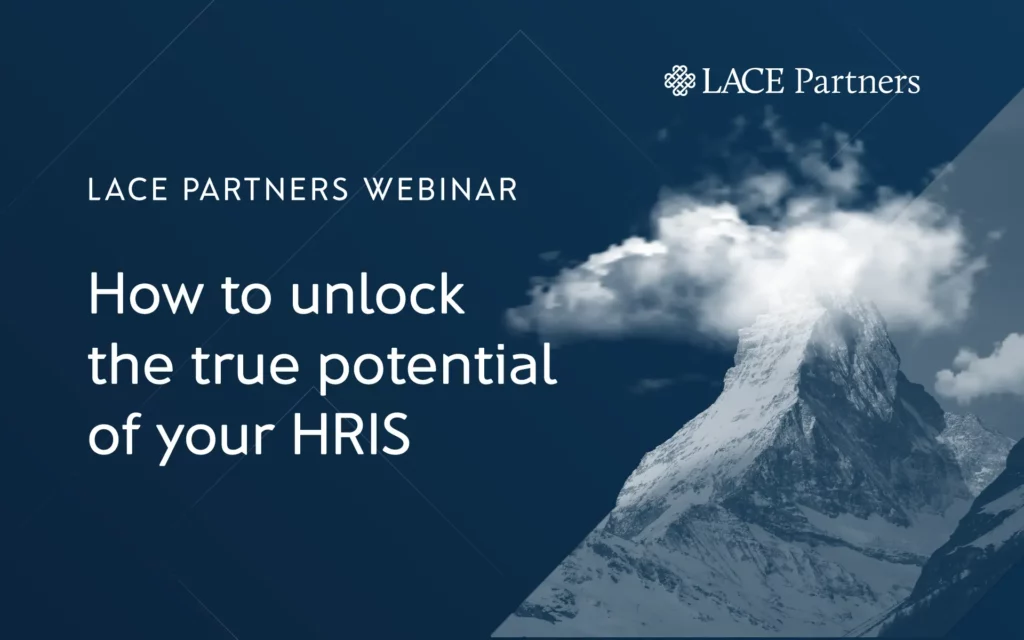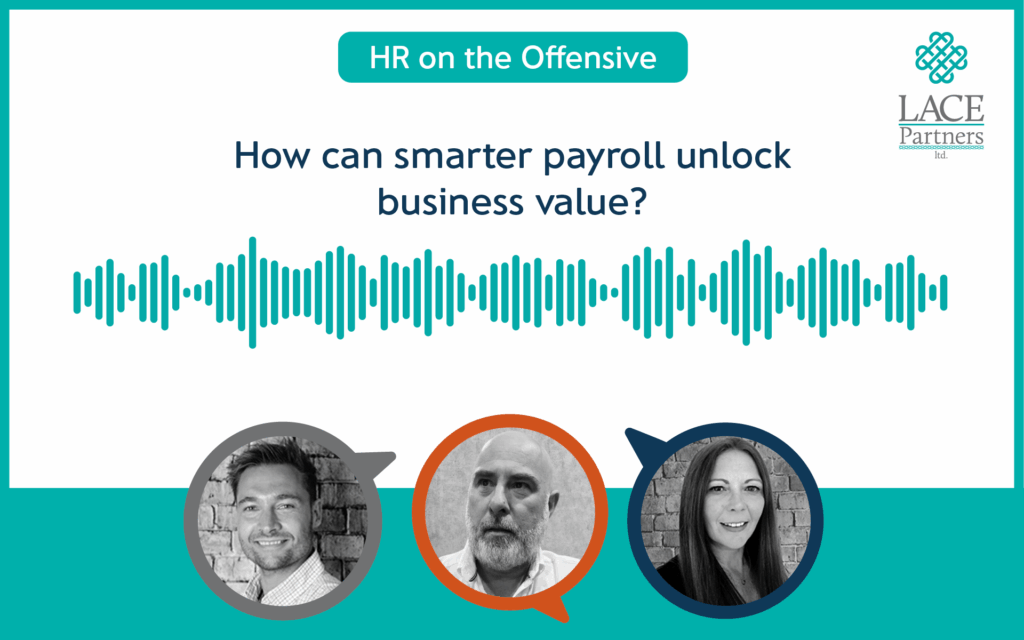The clock is ticking. With the EU AI Act coming into force in August 2025, HR leaders, transformation directors, CIOs face a critical question: are we ready?
This landmark legislation isn’t just another compliance hurdle; it’s a significant shift in how organisations interact with AI, specifically in areas that manage sensitive employee data.
This blog dives into the implications of the EU AI Act for HR, the steps to get prepared, as well as how this challenge also presents an opportunity to showcase HR as a strategic enabler of business success.
What is the EU AI Act, and why HR needs to care
The EU AI Act is the most significant of its kind, aiming to regulate AI systems across industries within the EU. It places people’s fundamental rights at the heart of its mandate, focusing heavily on individual impacts rather than just organisational or group-level infringements. HR systems are identified as “high-risk” – reflecting the sensitivity of the personal data they process.
The regulation should be viewed as AI’s answer to the General Data Protection Regulation (GDPR), but with added emphasis on transparency, accountability, and fairness. It mirrors the enforcement of the GDPR, applying to all organisations that operate in or service the EU market, even if they are based elsewhere.
For HR leaders, this means understanding and managing the potential risks linked to existing AI-driven tools – such as recruitment algorithms, employee engagement platforms, and performance evaluation systems.
Key challenges and risks for HR
The EU AI Act goes beyond compliance documentation. It’s about ensuring that AI systems are as ethical and transparent as they are effective. Here’s what you, as an HR leader, need to consider:
High-risk data processing
The Act identifies HR systems as high-risk due to the personal and sensitive data they process. Whether it’s recruitment screening tools or employee engagement analytics, organisations need to audit how data is collected, processed, and managed to avoid liability.
Transparency requirements
AI models in HR must disclose when employees or candidates are interacting with AI, whether it’s a chatbot, algorithm-driven performance evaluation, or even resume screening tools. Every AI-generated output must be flagged clearly.
Legacy systems and AI inclusion
The definition of AI as “a system that infers outputs from input data” means older tools that rely on machine learning or data modelling may fall under the legislation. Organisation’s must look backwards and forwards to identify all impacted systems.
Governance and oversight
Unlike other regulatory models that focus on broader impacts, the EU AI Act’s primary focus is the individual. This makes HR a critical stakeholder, tasked with creating governance structures that emphasise transparency, employee rights and fairness.
Employee trust gap
Employees are increasingly wary of organisations collecting and using personal data. Missteps in managing AI could further erode trust in leadership. Compliance with regulations is as much about legal adherence as it is about fostering a culture of transparency and ethical responsibility.
How HR can seize this opportunity – The TRUSTED framework
If managed proactively, the EU AI Act offers HR leaders the chance to break away from the outdated view as a “control function” and into a strategic role as an enabler of business strategy and AI transformation. This is where LACE Partners’ TRUSTED Framework can guide you.
The TRUSTED Framework addresses the following critical elements of AI transformation readiness ensuring that you build and embed colleague trust from the start of your journey:
T – Technology
Audit all current AI-powered HR tools and technologies. Ensure that each complies with the EU AI Act’s requirements for transparency, safety, and fairness.
R – Regulation
Stay ahead of compliance updates. Begin conducting Fundamental Rights Impact Assessments – the AI equivalent of GDPR’s DPIA – to identify gaps and potential risks in your AI systems.
U – Usability
Ensure AI systems offer not only compliance but also practical benefits. Training HR staff on how to use AI responsibly and inclusively is key to realising its full value.
S – Security
Strengthen your data security protocols. Verify that third-party vendors managing HR data meet the highest standards of protection and align with your AI compliance strategies.
T – Transparency
Embed transparency into every touchpoint of your AI systems. From recruitment algorithms to internal chatbots, employees and candidates should know when and how AI plays a role.
E – Ethics
Ensure fairness, equality, and dignity form the foundation of your AI-driven practices. This includes auditing AI outcomes for biases or discriminatory patterns.
D – Data
Analyse how employee data is collected, processed, and stored. Streamline your HR data governance processes to ensure full compliance and operational efficiency.
Practical steps to get started
Unsure where to get started? There are several proactive first steps you can take today:
- Mobilise a cross-functional AI governance committee
- Cross-departmental collaboration is essential. HR, IT, legal, and compliance teams must work together to assess risks and implement processes.
- Conduct an audit of existing AI tools
- Start with a technology inventory to identify AI-powered systems across recruitment, engagement, training, and other HR functions. Retroactively assess the risks these tools may carry.
- Develop an AI strategy
- An AI strategy aligned with the organisation’s goals is critical. This strategy should include upskilling employees, establishing robust governance, and creating policies for AI deployment.
- Prepare for fundamental rights impact assessments
- Learn how to conduct impact assessments like GDPR’s Data Protection Impact Assessment (DPIA). This should focus on transparency, fairness, and any unintended risks to employees or candidates.
- Leverage external expertise
- Partner with organisations experienced in navigating AI readiness, regulations, and implementation. This allows you to focus on governance and strategic steps while leaving compliance mechanics to the experts.
A strategic role for HR in the AI era
HR leaders are more than just custodians of employee data in this new AI-driven world. They are pivotal players in shaping the future of work and enabling the adoption of enterprise AI tools. The EU AI Act has placed HR teams at the centre of this transition, offering a window of opportunity to demonstrate leadership and drive meaningful change.
Don’t wait until August 2025 to begin your AI readiness strategy. Now is the time to ensure your organisation not only complies but thrives in this new regulatory world.
Need a partner to guide you through the TRUSTED Framework and help you become AI-ready? Contact LACE Partners today by using the form below.








